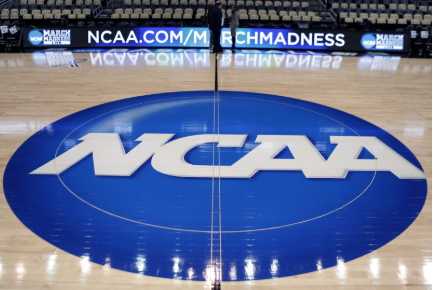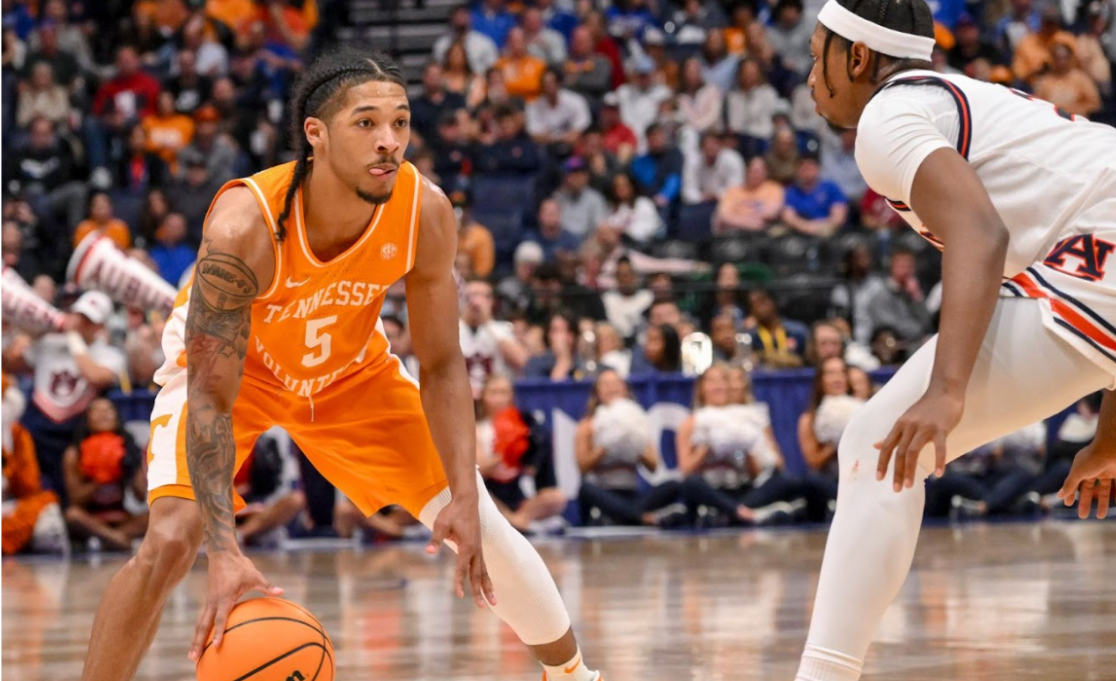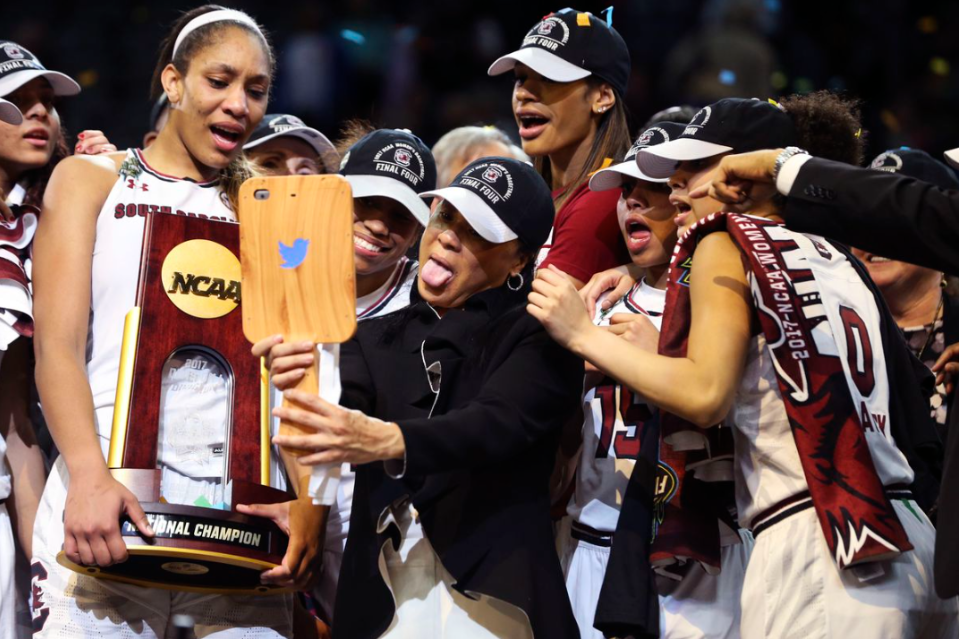In 2021, the NCAA introduced a policy that would change college sports forever, allowing athletes to profit from their name, image, and likeness (NIL). This decision ended restrictions that prevented student-athletes from earning money while the NCAA and universities made millions off of the athletes’ performances. Since then, NIL has opened the doors to limitless opportunities and reshaped college sports, with athletes signing endorsements, partnering with major brands as well as launching their own brands and businesses. However, while NIL has allowed new financial opportunities for players, it has also raised concerns about recruiting advantages, fairness and the future of college athletics.
Before the NIL era, college athletes were prohibited from accepting sponsorships, signing autographs for money, or profiting from their own personal brand. One of the most infamous pre-NIL controversies involved Texas A&M quarterback Johnny Manziel. In 2013, the NCAA launched an investigation into allegations that Manziel had been paid to sign autographs. Manziel was then later suspended after being found guilty of accepting around $33,000 for selling autographed jerseys.
At the time, Texas A&M was selling his jersey, yet he wasn’t allowed to make a dime from his own name.Later in an interview with Shannon Sharpe in 2024, Manziel states that he couldn’t bear “watching number 4 fly off the shelves” without a cut. The NIL era was first introduced when legal cases and public pressure forced the NCAA to lift the restrictions. Since then athletes like LSU gymnast Olivia Dunne, former LSU quarterback Jayden Daniels, and Colorado quarterback Shedur Sanders have signed multi million dollar deals with brands like Nike, Gatorade, and Beats.
One of the biggest and most notable NIL deals came in 2022, when Texas A&M’s football team reportedly had a record breaking recruiting class, which was due to a booster backed NIL collectives that offered substantial financial incentives, team gear, and brand incentives. This raised concerns about NIL being used as a “pay for play” system rather than a policy for student athletes to fairly profit from their personal brands.
NIL has transformed college sports in many ways, allowing financial independence for athletes while also creating challenges in recruiting and a competitive balance. For many players, especially in high revenue sports such as basketball and football, they can now support themselves and their families financially without having to rely on scholarships or the chance to make it professional. For example, Arch Manning, nephew of Hall of Fame quarterback Peyton Manning and super bowl winner Eli Manning, signed a multi-million dollar NIL deal before ever playing a college game.
NIL has also changed the recruiting process, as athletes now consider not just a school’s athletic and academic programs but also its NIL opportunities. For example, BYU’s basketball team landed the No.1 recruit AJ Dybantsa with the help of a NIL deal of close to $7,000,000. The deals allow a shift in how schools attract top talent, with financial incentives now playing a role rather than traditional recruiting factors like school history and coaching.
While NIL has created financial opportunities it has also issued major challenges and controversies. One of the biggest concerns was the rise of NIL collectives, donor funded groups that pool money together to offer deals to recruits. NIL was initially intended to allow players to profit from their personal brands; it has now turned recruiting into a financial arms race where programs with the wealthiest boosters have a significant edge.
Another major issue is the lack of regulation and transparency. Unlike professional sports where leagues have salary caps, contract rules and clauses, NIL deals in college athletics operate in a largely unregulated space. Some schools decide to disclose NIL agreements while others decide to keep behind doors, making it difficult to track how much players are actually making and how those deals comply with the NCAA guidelines. The lack of transparency has sparked controversy and some suggest for federal legislation to establish clear national standards for NIL preventing schools or states from gaining unfair advantages.
The introduction of NIL has forever changed college athletics, providing athletes with well deserved financial opportunities but also raising concerns about fairness, transparency, and what the future holds for college sports. WIth recruits now factoring NIL deals into their college decisions, traditional recruiting methods have taken a step back compared to the financial incentives. As NIL continues to evolve, the biggest challenge is finding a balance between player empowerment and maintaining competitive integrity.
The NCAA, state governments and possibly the federal government may need to step in to establish clearer guidelines, ensuring that NIL remains a policy for athletes to profit from their brand rather than a loophole for schools to buy recruits. NIL will continue to be one of the most controversial and defining factors in the modern college athletics era.




















